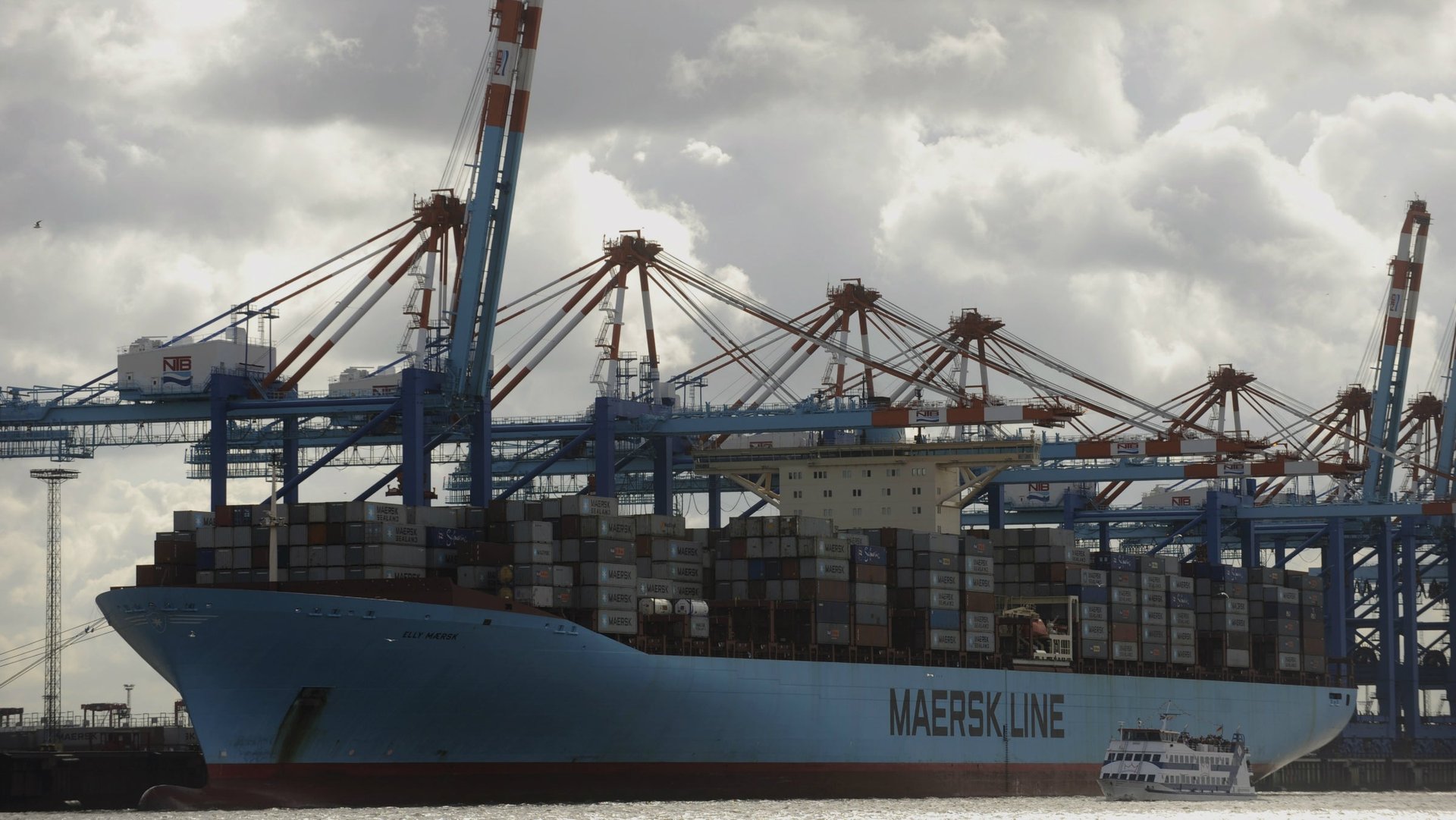There’s little money in moving goods, so Maersk focuses on oil
The numbers: Decent, for an industry in a rut. A.P. Møller-Maersk’s quarterly revenue fell slightly to $14.047 billion in the first quarter from $14.327 billion a year earlier, and profits declined a more dramatic 32.8% from $1.175 billion to $790 million. It saw a small profit on its Maersk Line division (the container shipping division) after substantial losses in the first quarter of last year.


The numbers: Decent, for an industry in a rut. A.P. Møller-Maersk’s quarterly revenue fell slightly to $14.047 billion in the first quarter from $14.327 billion a year earlier, and profits declined a more dramatic 32.8% from $1.175 billion to $790 million. It saw a small profit on its Maersk Line division (the container shipping division) after substantial losses in the first quarter of last year.
The takeaway: Maersk may have the world’s largest container shipping operation, but it has diversified away from cargo traffic alone because there’s simply not enough global demand to move goods.
More and more, it’s looking like an oil company. Maersk Oil–which does oil and gas exploration, particularly in Qatar and Denmark and the North Sea–actually returned the highest profits and return on capital of any division. Maersk Drilling’s profit also jumped 18.7%, and the company is adding seven large oil drilling rigs to its fleet by the end of 2015.
What’s interesting: Asia-Europe trade is still hemorrhaging. Shipping rates aren’t high enough to make it worthwhile for Maersk–which has been a major player on these trade routes–to keep all its ships running; there’s simply not enough demand to move cargo. Major shipping players have tried to collectively increase rates on the Asia-Europe route, but so far the attempted rate increases haven’t really worked.
The capacity on these trade routes is just going to go up when Maersk’s Triple-E series mega-ships are delivered starting this quarter. A total of 28 ships, or 6.5% of Maersk Line’s fleet, are sitting idle, taken off the market to reduce capacity in shipping lanes. The carrier didn’t order any new ships in 2012 and hasn’t done so yet in 2013.